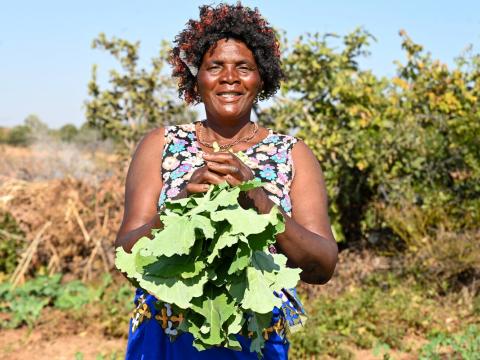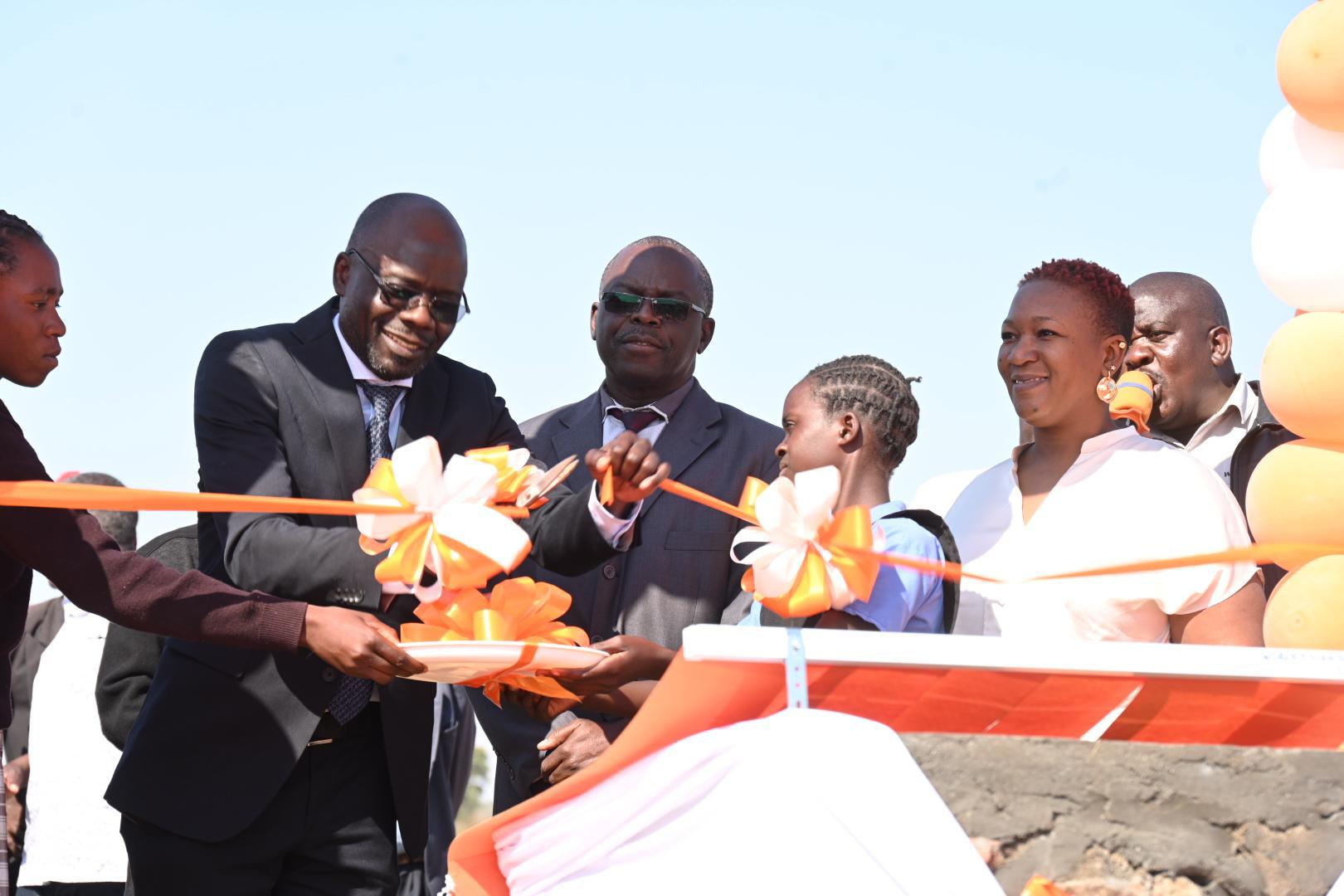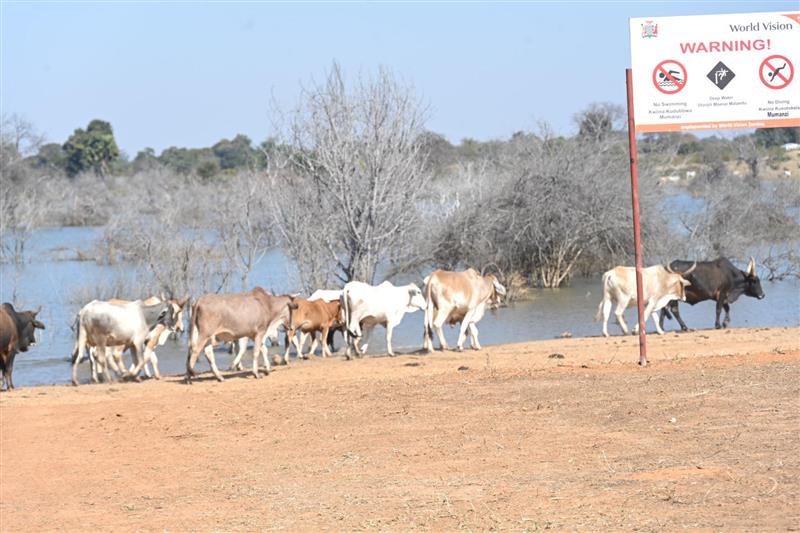Hope Flows from Chitongo Dam in Namwala district, Southern Zambia

By Agatha Mali, Communications Officer, Zambia
At 54 years old, Nercey stands tall among rows of leafy vegetables in her small backyard garden in Namwala district. Her hands gently brush over the produce she once only dreamed of growing year-round. Her eyes shine with pride, not just for her thriving crops, but for the transformation that has taken root in her life.
For years, farming was a struggle for Nercey. Seasonal droughts and a lack of reliable water sources made it nearly impossible to sustain her vegetable garden. “I used to rely only on the rains,” she recalls. “When the rains stopped, so did my harvest. It was painful to watch my efforts dry up.”
Everything changed when World Vision Zambia, through its Enhanced Livelihood and Resilience interventions, introduced sustainable farming techniques and helped restore access to water for small-scale farmers like Nercey.
In 2023, World Vision embarked on a project to construct a water dam, enabling the community to access water for various activities such as drinking, livestock, and gardening.
“I am very happy with this dam because, regardless of the season, I can now water my garden anytime,” says Nercey with a smile. “I will be able to grow vegetables throughout the year.”
The official handover of the Chitongo Dam to the Government of Zambia marked a turning point for the community. Built to provide a reliable and sustainable water source, the dam has revitalised life in Namwala, especially for women farmers.

In a speech read on behalf of the Provincial Minister, Credo Njuwa, Provincial Public Relations Officer Mr. Wisdom Himanteka highlighted the significance of the project.
He explained that livestock farmers have long relied on the Kafue plains as the primary water source for their cattle during the dry season. “This dam now offers a much-needed alternative that will reduce cattle migration, improve livestock management, and enhance productivity within the chiefdom,” he said.
He also noted that the Zambian government is pleased that this development will support the milk collection centres established by local farmers.
“In the past, milk production was disrupted during the dry season because animals had to be moved far from home in search of water. With this dam, farmers can keep their cattle nearby, continue milk production year-round, and generate a steady income to support their families,” he added.
Mr. Himanteka commended the Philips family through World Vision Zambia for their contribution to building a stronger and more self-sustainable community.
Representing World Vision Zambia’s National Director, Mr. Marc Nosebach, and the People and Culture Director, Mrs. Ngoza Kabaso, delivered a speech emphasising the organisation’s commitment to collaboration.

She stated that World Vision is proud to work alongside the government and traditional leaders, such as His Royal Highness, Chief Nalubamba, to create an environment where children can participate and grow in safety, regardless of gender or socioeconomic background.
She expressed hope that the availability of year-round water for cattle will enable school-going children to attend classes consistently, rather than herding cattle away from home along the Kafue flats during the dry season.
“This also provides opportunities for gardening, which can supply nutritious meals for households,” she noted.
With access to water secured, farmers like Nercey will not only improve their household food security but also strengthen their resilience in the face of climate shocks.
